Scientists Thought the First Atom Bomb Might Destroy the World
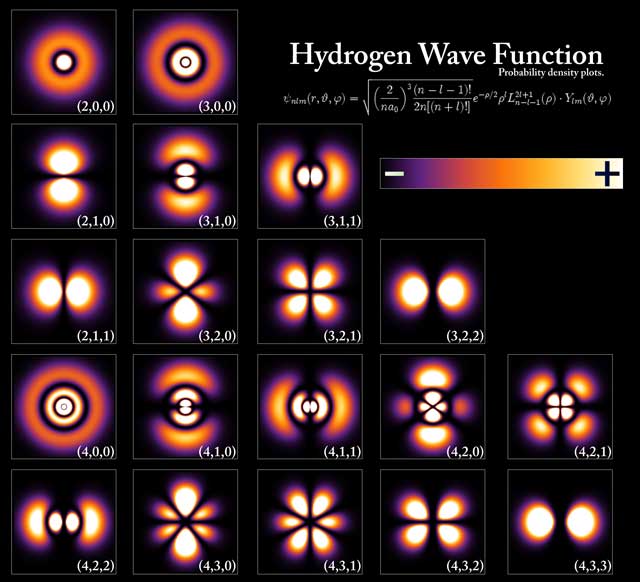
When the plutonium bomb to be dropped on Nagasaki was tested, the Manhattan Project scientists made a bet on whether or not it would destroy the world.
Physics is a natural science concerned with the study of matter and it’s relation to space and time. It looks at concepts related to this like energy and force in order to understand the behaviors of the universe.

When the plutonium bomb to be dropped on Nagasaki was tested, the Manhattan Project scientists made a bet on whether or not it would destroy the world.
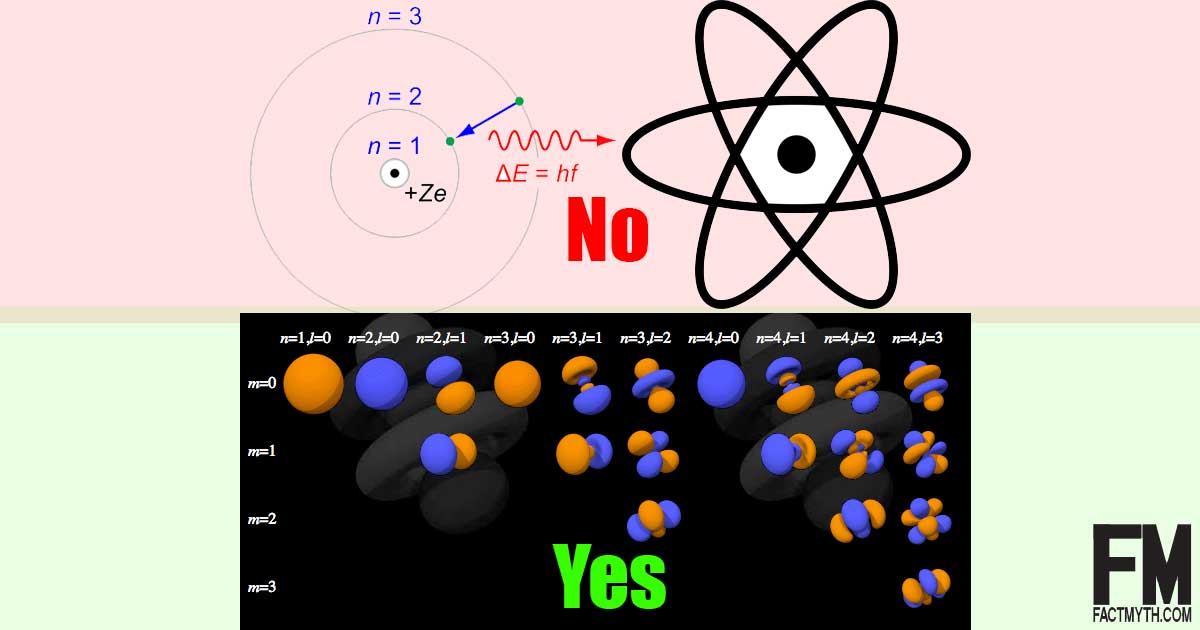
The Bohr model of the atom (1913), the one that looks like a solar system, has been replaced by the more accurate Quantum Model of the atom since 1927.
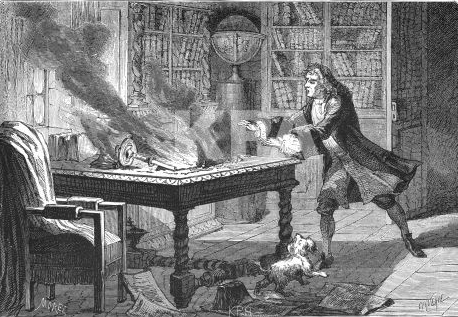
Isaac Newton produced many well-known works in math, astronomy, and physics, but he produced about as many unpublished works which dealt with theology, alchemy, and the occult.

The Pauli Exclusion Principle says, two identical fermions (matter particles) can’t occupy the same quantum state. In simple terms, two identical things can’t occupy the same space.
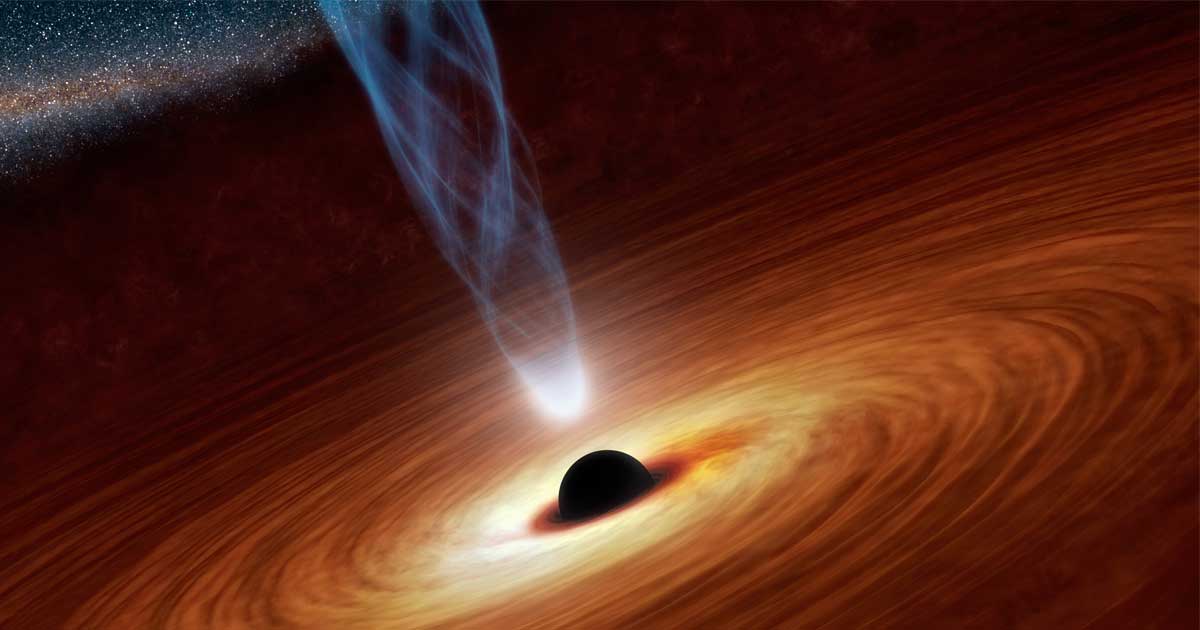
The Black Hole Information Paradox suggests information can’t escape a black hole intact. While new theories show information may be able to escape, it hasn’t been proven as of 2016.
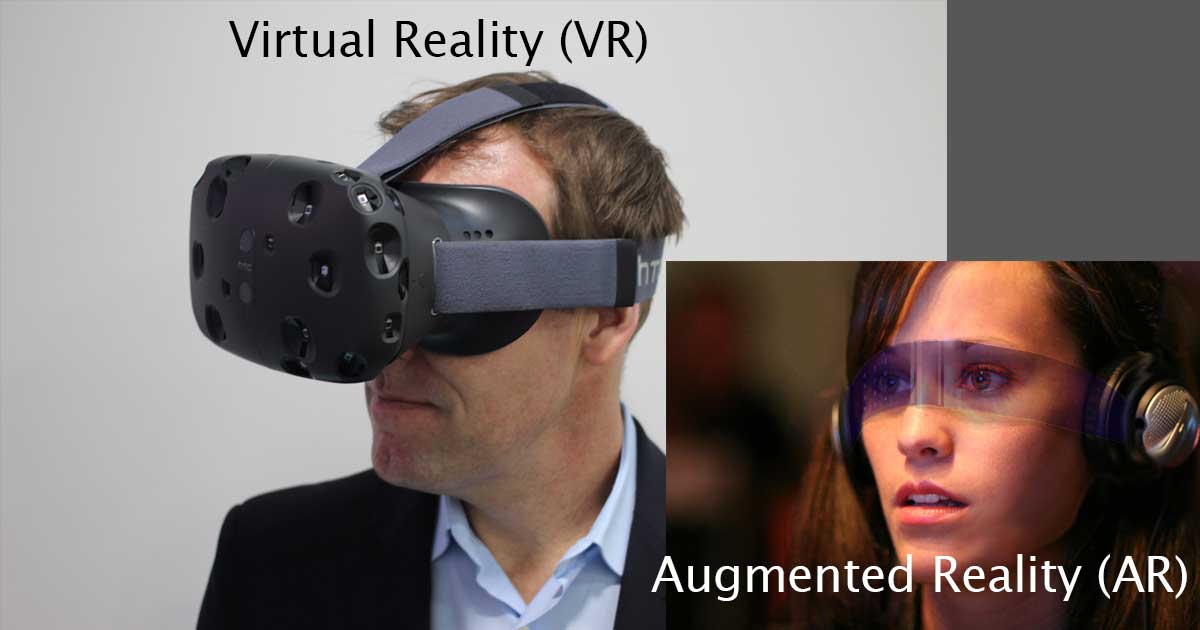
The simulation argument can be summarized as the idea that reality might be a virtual simulation (we might be “in the Matrix” / “in a video game”).

Human behavior can be random to some extent, but most behavior is based on prior input, and thus is “deterministic” (meaning not totally random).
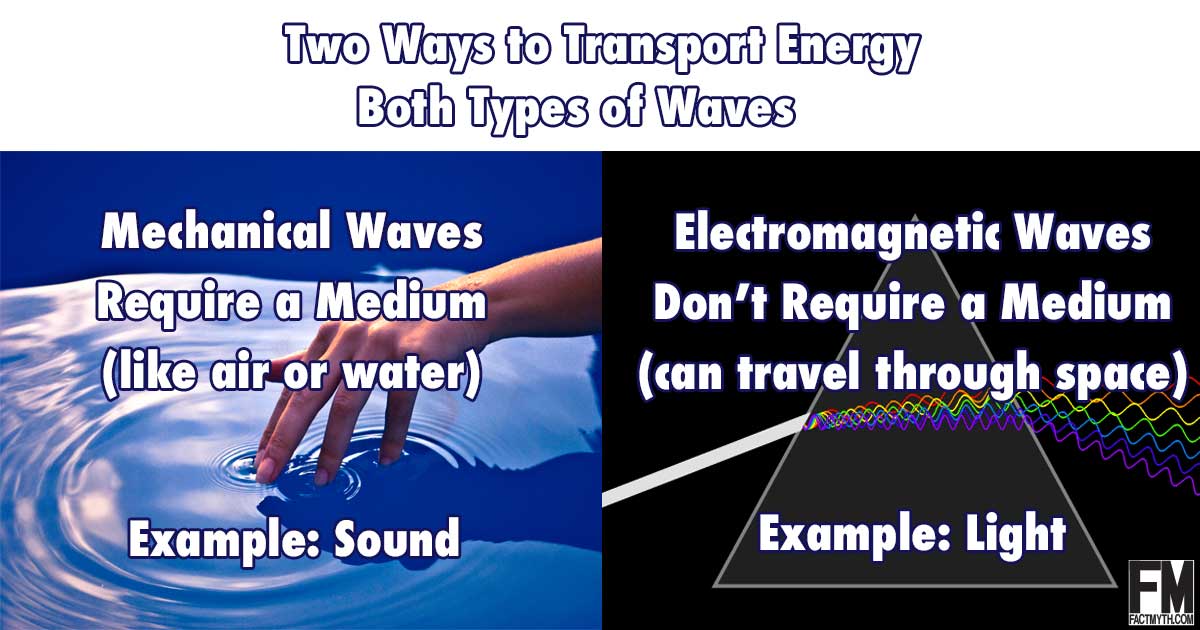
There are two types of waves: mechanical waves like sound that must travel through a medium like air, and electromagnetic waves like light that don’t.

An Albatross can fly around the world without landing, glide hundreds of miles at a time without flapping its wings (which span up to 12 feet), and travel at speeds of over 50 Mph.
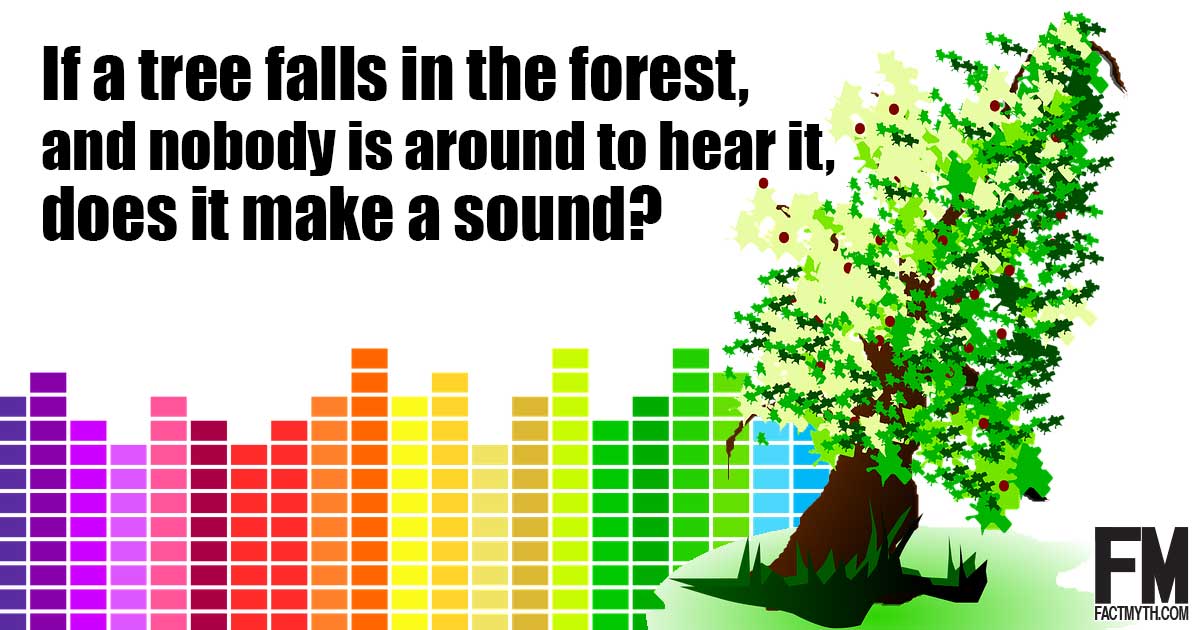
According to physics, if a tree falls and no one is around to hear it, it still makes a sound. Sound is a mechanical wave of pressure and displacement through a medium such as air or water. We don’t have to perceive a sound to know the laws of physics are in play.